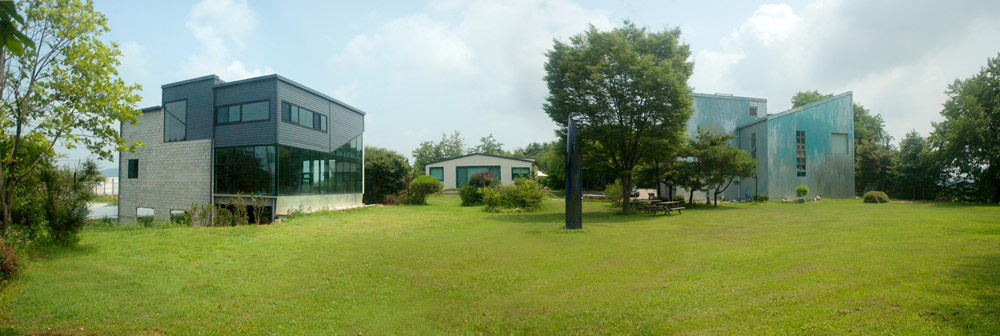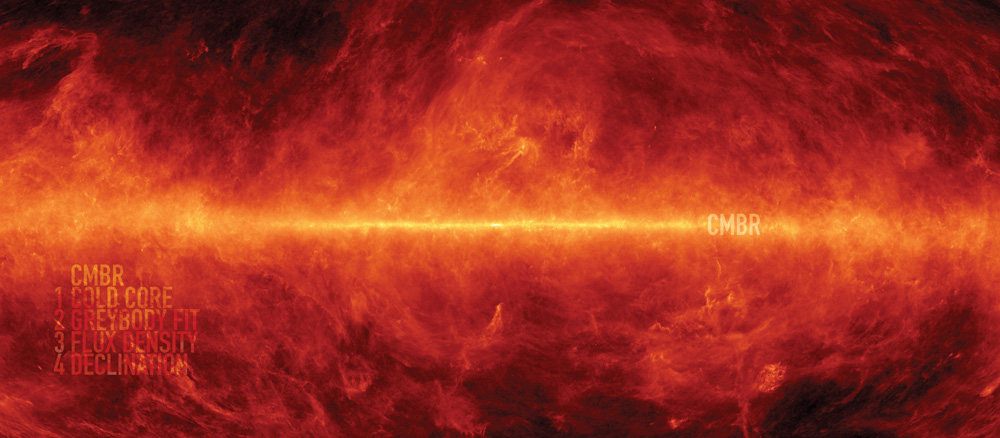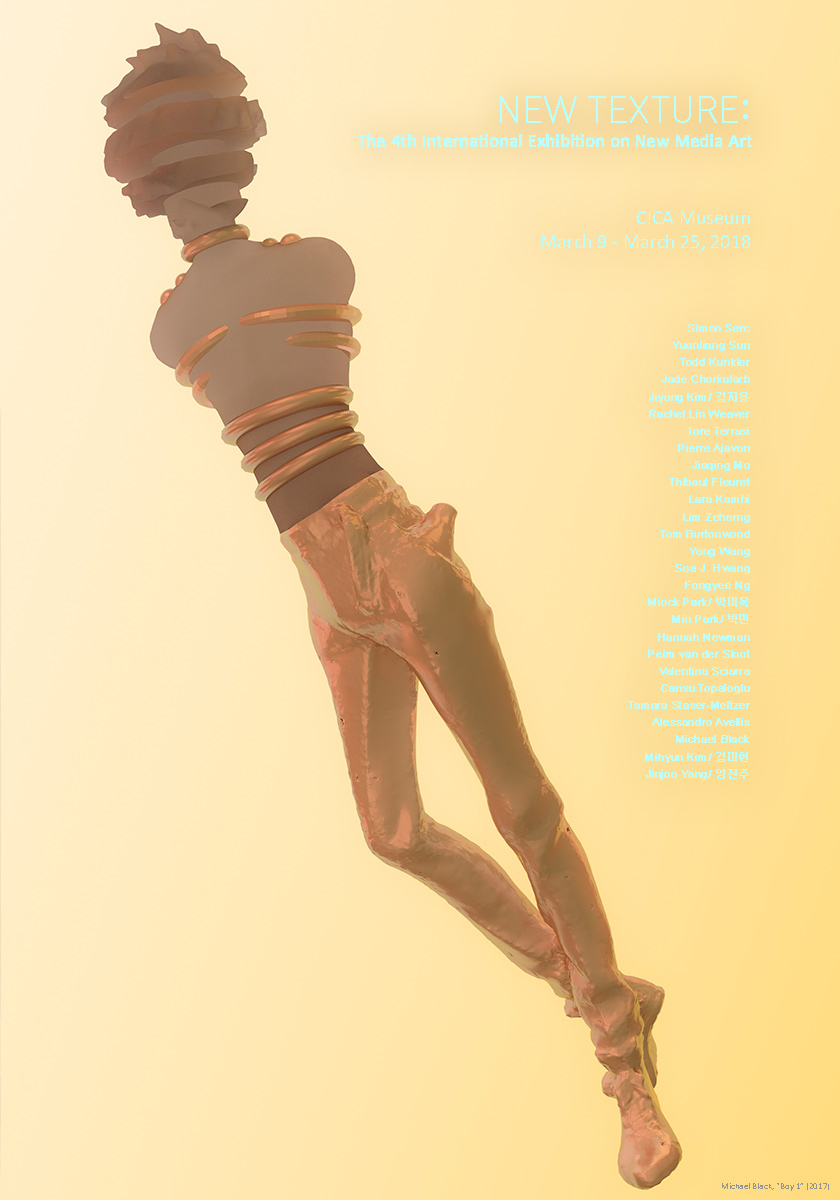
PureH “CMBR” at New Texture, South Korea
The 4th International Exhibition on New Media Art
March 9 – March 25, 2018
Czong Institute for Contemporary Art (CICA)
CICA Museum Gimpo-si, Gyeonggi-do, Korea
경기도 김포시 양촌읍 삼도로

Simon Šerc – “C.M.B.R”
CMBR project is based on the data from the Planck space telescope of the European Space Agency. The Planck satellite has recorded the measurements of the coldest objects in the Universe, and has given the insight into the creation of the first major structures in which galaxies evolved later on. The beginnings of these structures can be seen in the cosmic microwave background radiation or the CMBR, the first image of the universe. By using the ESA measurements, we used a method of sonification and digital processing of data from the Planck satellite (the mapping of fluctuations in the CMBR) to convert the measurements into an ambient sound mass intertwined with randomized sequences of cosmological parameters. When listening to the results of sonification, we really listen to the data. The result of the conversion to the audio waveform with such a large amount of data opens a contemplative space for the time dimension of the past-future.
CMBR is the “noise” signal and fills the entire universe. It is the oldest light, which can still be detected and that came into existence about 13.7 billion years ago. According to the standard cosmological model, the Universe was in a hot, dense state at the beginning, and for the first 380,000 years of existence, it was mostly filled with closely coupled plasma baryons and photons permeated with gravity driven pressure oscillations – sound waves. The imprint of these primordial sound waves remains as an echo of light in the CMBR, which is measured as small misalignment of the red and blue amplitude in the radiation of the universe black body, with a typical angle of one degree. The blue shades show for about ten millionths of a degree lower temperature, which corresponds to the lower energy density of radiation, while the red shades show elevated temperature corresponding to higher density.
Basic and higher frequencies in the CMBR are controlled by cosmological parameters that shaped the universe, such as total density, relative proportions of the baryonic matter, dark matter, dark energy and expansion history. In recent years, the Planck satellite mapped the CMBR with an angular resolution with a precision of up to 5 minutes and temperature sensitivity of a few microkelvins in nine frequency bands.
Sonification is used to convert the datasets of CMBR public release into an ambient sound mass intertwined with randomized sequences of cosmological parameters. Values for power as a function of wavelength are transformed into values for frequency as a function of time. The sound is generated by an algorithm which uses inverse FFT synthesis for converting the spectra of the CMBR fluctuations. The spectra is also sonified by remapping the values in a data stream for angular wave number, polarization and temperature anomalies to sonic parameters. With higher dimensionality to the rendering, there is also an increased probability for spontaneous and unexpected formation of auditory gestalts, wherein unrealized patterns in the data can emerge. Finally, the raw audio output from the sonificator is post-processed in an application which turns the extreme abstract patterns through the manipulation of frequency, intensity and time into a multi-layered sonorous structure.

